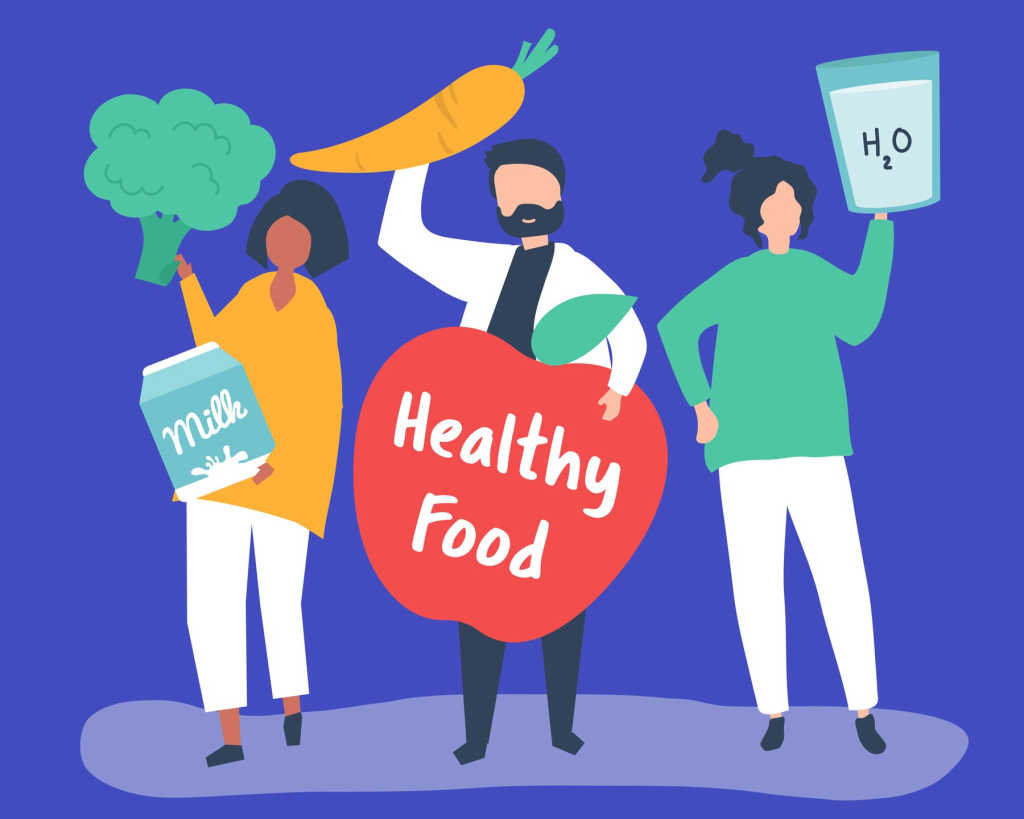The term “superfoods” shows up everywhere—from Instagram feeds to smoothie labels—but what does it actually mean? Let’s strip away the marketing language and look at superfoods explained in plain terms.
This article breaks down what makes a food genuinely beneficial, how science evaluates these claims, and how to include these foods in your diet without spending a fortune or chasing trends.

What Are They, Really?
There’s no formal scientific definition of “superfood.” It’s a marketing term used to describe nutrient-dense foods believed to offer health benefits.
That said, some foods do have a high concentration of vitamins, minerals, fiber, and antioxidants. These include:
- Berries (especially blueberries and blackberries)
- Leafy greens (spinach, kale, Swiss chard)
- Fatty fish (salmon, mackerel, sardines)
- Legumes (lentils, chickpeas)
- Whole grains (oats, quinoa)
- Nuts and seeds (almonds, flaxseed, chia)
These foods are valued not because they’re trendy, but because they’re rich in the nutrients many diets lack.
Learn more about nutrient density in real-world diets.
What the Research Tells Us
Science doesn’t use the word “superfood”—instead, it focuses on the nutritional profile and how specific nutrients affect the body. For example:
- Berries are high in polyphenols, which may help reduce inflammation.
- Leafy greens contain folate and fiber, both linked to heart health.
- Fatty fish are rich in omega-3s, which support brain and heart function.
Rather than looking for a miracle food, research supports a diverse, balanced diet built around whole ingredients. Harvard’s School of Public Health offers evidence-based insights into these benefits.
How to Work These Foods Into Your Day
You don’t need an elaborate plan or expensive products. Small changes work well:
- Add frozen berries to oatmeal or yogurt
- Toss spinach into your eggs, pasta, or stir-fry
- Choose fatty fish like sardines once a week
- Add lentils to soups or salads
- Sprinkle flax or chia seeds on smoothies
Focus on habits, not products. It’s consistency, not novelty, that drives results.
For easy ideas, check out our guide to meal planning by personality type.
Cutting Through the Noise
Marketers often exaggerate benefits to sell products. “Ancient grain,” “immune booster,” or “miracle detox” are common phrases that oversell what food can do.
Here’s how to stay grounded:
- Look for evidence-backed claims
- Read ingredient lists
- Choose whole foods over powders and supplements when possible
- Ignore fads—stick to what’s proven and sustainable
For more perspective, read this critical review from the Mayo Clinic.
Final Thoughts on Healthy Eating Without the Hype
Having superfoods explained without buzzwords means separating real nutrition from clever branding. A healthy diet isn’t built on single ingredients—it’s shaped by patterns and consistency.
Think of these foods as building blocks in a wider system. When you focus on variety, preparation, and balanced meals, the benefits come naturally. Also, explore how everyday routines from ancient cultures support well-being.
References:
Harvard T.H. Chan School of Public Health (2024) What Should You Eat? Superfoods Guide. Available at: https://www.hsph.harvard.edu (Accessed: 9 May 2025).
Mayo Clinic (2023) Superfoods: Hype or Health Value?. Available at: https://www.mayoclinic.org (Accessed: 9 May 2025).
National Institutes of Health (2023) Nutrient Density Explained. Available at: https://www.nih.gov (Accessed: 9 May 2025).






